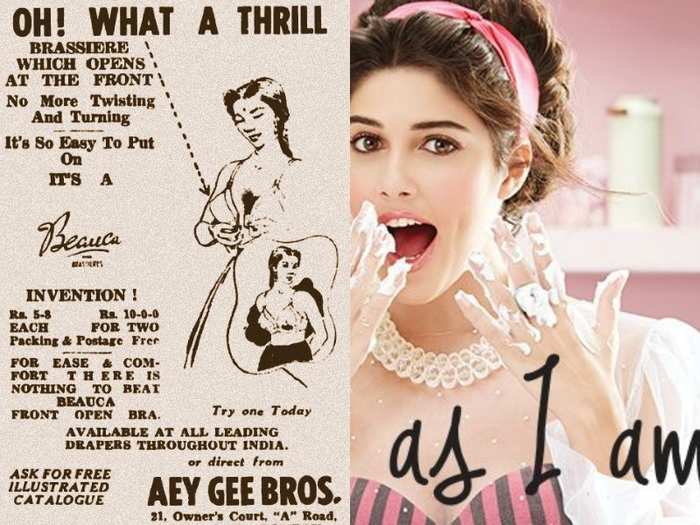













In the late 19th century Jamsedji Tata was refused entry into Mumbai’s posh hotels because he was an 'Indian', and he decided to build a grander hotel for Indians. It was called the Taj Mahal Palace Hotel and was inaugurated on 1st December, 1903. It was touted as a 5 Star Indian hotel meant for Indians by an Indian. What more this was all available at a 'Moderate Charge' - Rs. 6. We are serious.
Image credit: YouTube
 Angel Investing Opportunities
Angel Investing Opportunities
 Poonch Terrorist Attack: One Indian Air Force soldier dies, five injured; Patrolling intensifies across J&K
Poonch Terrorist Attack: One Indian Air Force soldier dies, five injured; Patrolling intensifies across J&K
 The Role of AI in Journalism
The Role of AI in Journalism

Copyright © 2024. Times Internet Limited. All rights reserved.For reprint rights. Times Syndication Service.